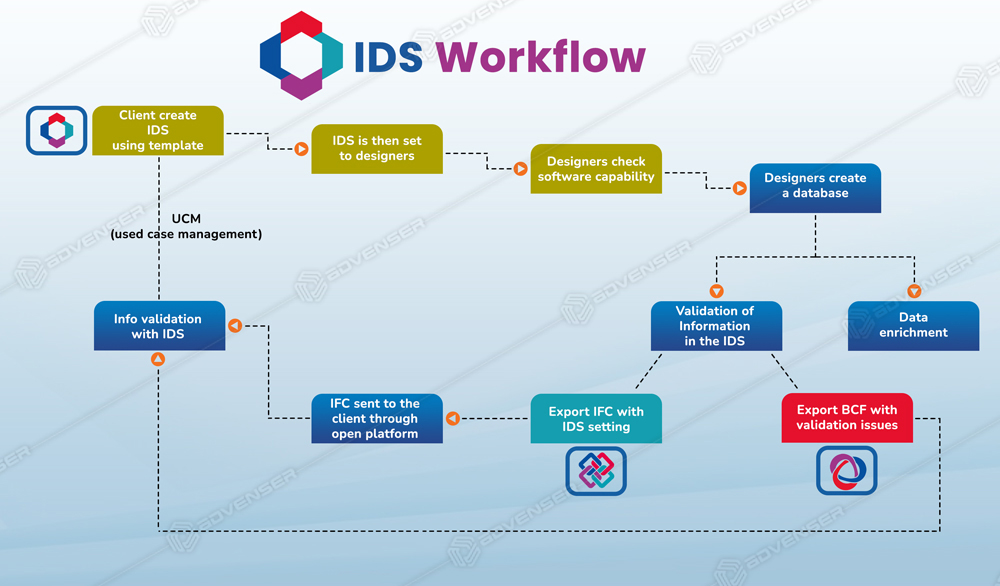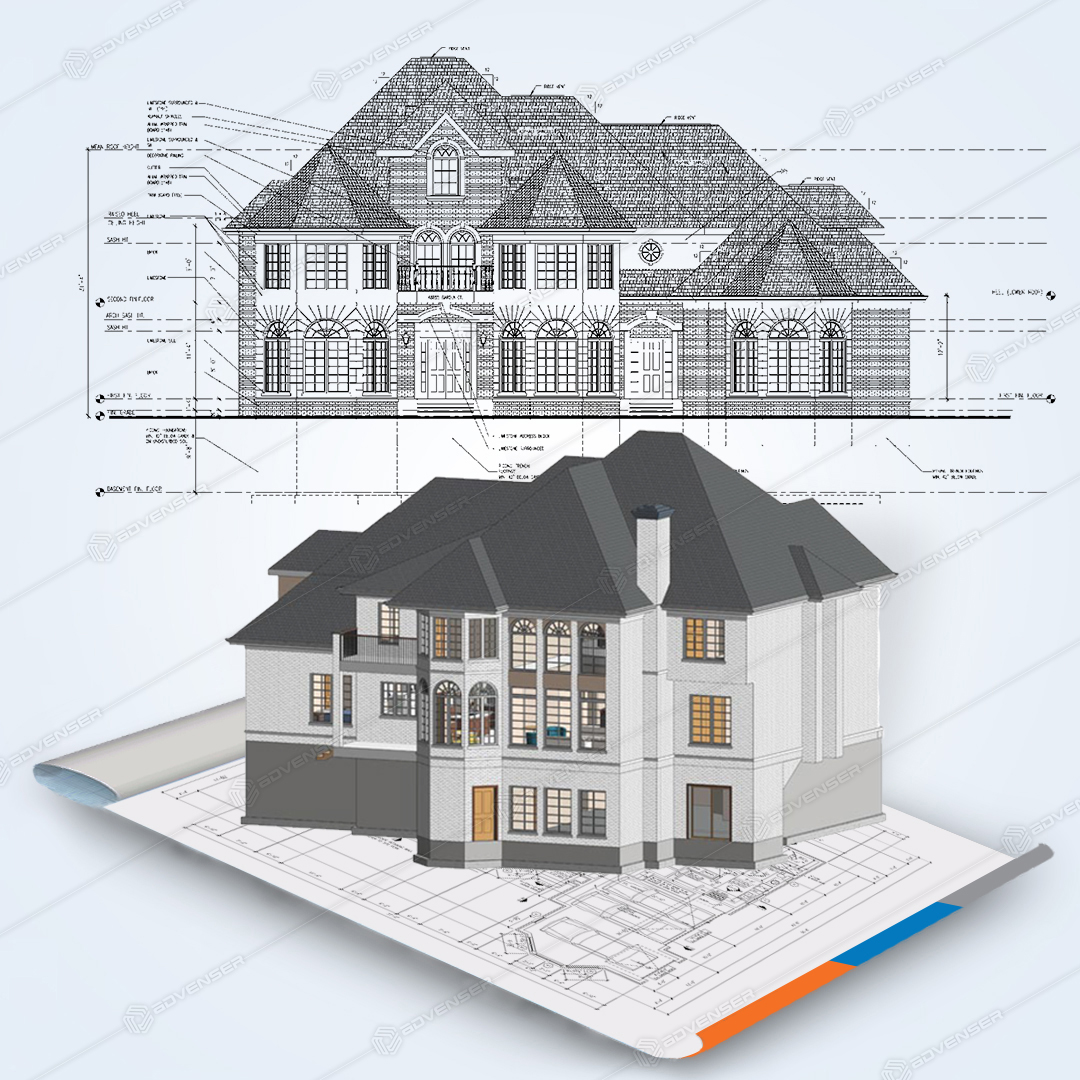Precast construction
One among the most successful construction techniques for time saving is precast construction. Precast construction is widely put into practice all over the world even in small scale projects due to its remarkable benefits like cost effectiveness and manpower reduction. Why precast and where it is it adoptable? The answer is simple- precast construction avoids the formwork being erected at site and reduces the risk of environmental condition at the construction site. Precast construction was primarily introduced to overcome the difficulties of in-situ casting of projects in congested cities, where there are not enough space for the execution of concrete works.
So what is the scope for detailing in precast projects? Precast elements are made in factories and supplied to the required sites. There won’t be any visual knowledge about the site for the workers at casting yard. Therefore, in order to establish a coordination between the construction site and the casting yard, detailed drawings are prepared for precast elements, which describe the connection details and all other specifications of an element. To begin detailing, one should have in-depth knowledge about the casting procedure in yards, transportation of elements, lifting of elements, crane accessibility, propping and connection procedure at site. Before detailing, all these factors should be considered to make it easier for the clients. The drawing should contain maximum details which are sufficient to understand the location and connection of an element. There are some limitations in precast detailing such as transportable limits, crane capacity and profile of the element. The disadvantage of precast elements is that no adjustments can be made at site. Mistakes in elements consume more time and manpower which wouldn’t be an efficient practice. But in spite of these disadvantages, the appearance and perfection of precast panels demand the implementation of precast technique.
Precast Concrete Building Construction
Video courtesy: Coreslab
Prefabricated cages
Another critical construction technique is preparation of cages, which is also a huge successful method for saving manpower. This is very similar to precast construction method and the only difference is that cages are made without concrete. This saves the time and cost of manpower working at site involved in rebar placements. The cages are built at yards as per the requirement and transported to the site. All other conditions are similar to precast construction technique, but cages do not require any additional fitments or components for lifting and propping. Splice bars are supplied to form the lap between cages. Construction sequence and pouring sequence are the major factors to be considered while detailing cages. Since it is completely made of steel, all the bars should be properly welded before supplying it to the site and it should be ensured that no bars are left free from welding. Maintaining the support conditions is the most challenging factor while detailing cages, since the presence of joints causes more bending and failure in cages. In spite of this, reinforcement cages are very effective in saving time during the execution of a project.
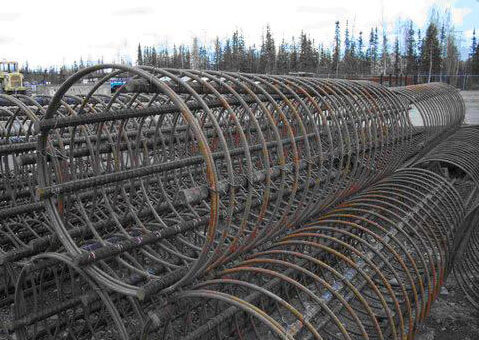
Image courtesy: Fair banks materials
Rollmat or spinmat
If you have not heard the word ‘rollmat’ or ‘spinmat’, then you have not about one of the mind blowing construction practices used in construction industry. Pouring of concrete for slab is considered the most difficult task performed at site as tremendous coordination and involvement of manpower are required for this job. Placing of reinforcement for the slab is definitely a monumental process which consumes a lot of time. To overcome these challengea, meshes were used as a practice initially, but due to the difficulties involved in transportation and rigidity of the mesh, the usage of mesh was limited. Lately an alternative method is being used which is proving to be very successful – replacing the mesh with its rolled form. This is what is called a rollmat or spinmat. These are formed by using any sizes of rebars and at any desired length. It occupies only minimum space while transporting from the factory to site. All other lifting and placing conditions are similar to precast elements. The spinmats are formed by tying the rebars using a thin steel wire which are spaced at equal distances, such that, one mat is formed for each layer of reinforcement. Once it is supplied to the site, it is rolled over the exact area to form a slab reinforcement. Lapping can be obtained by rolling the mat over one another with a required lap distance and avoiding the usage of splice bars. The detailing of such drawings need much care as they pose a huge challenge to split up the rollmats. All the additional bars are supplied as loose bars which are then placed manually at site. The closing bars need to be detailed separately and supplied to the site. This type of construction practice will not work for slabs with more level drops, like the base slab. It works well for superstructures where the drops are less and helps complete the work faster.
SpinMaster Rollmat Layout
Video courtesy: Armtec division
Slipform/ Climbing wall construction
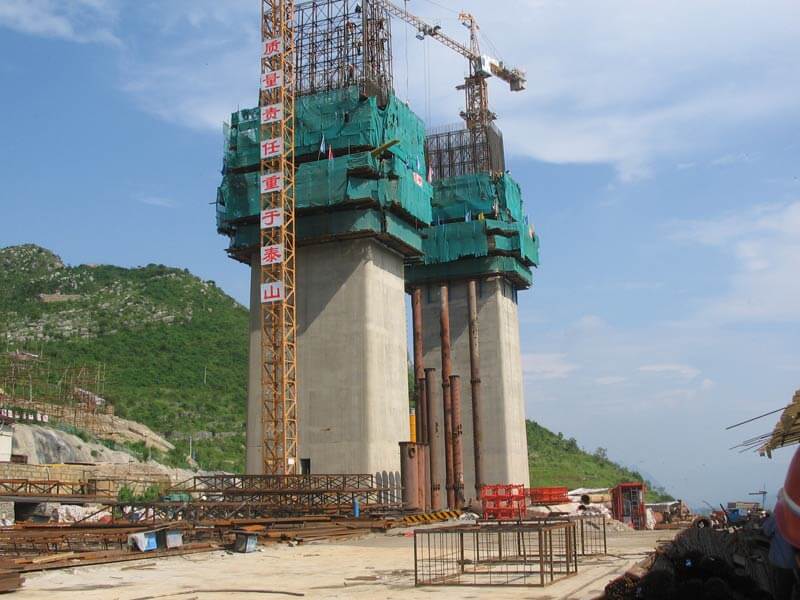
Image courtesy: Climbingformwork.com
Slipform/ climbing wall construction is a remarkable heavy and super construction method followed by engineers these days. It involves construction of lift core walls along with stairwell walls in a continuous stretch to the entire height of the building using a typical formwork controlled by mechanical jacks. The major advantage is that once the formwork is arranged, it is not required to remove and fix it in every level of construction. The formwork is vertically lifted little by little after the completion of each level. They call this one lift, which is standard. This method is very effective in high rise projects. Detailing of this element is critical since it is the first element to be raised at site from which connection to all other elements are given. Connection details to all other elements make the job more challenging to the detailer. This practice saves time and it provides access to the next level in a construction site.
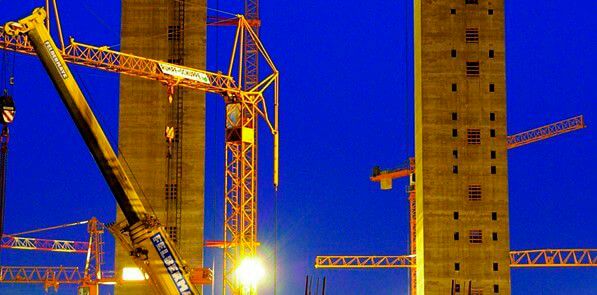
Image courtesy:Archiexpo.com
There are a lot more innovations happening around in the construction sector. Knowledge about latest practices and techniques is what makes a detailer successful at his work, since the detailer plays a vital role in implementing new techniques through the frequent exchange of the drawings between yard/factory and construction site.
An innovative construction technique is deemed successful only when there is a demand for it in the market. The intention of this article is to pique the interest of the readers and motivate them to research in depth on the practices. So, Have fun…!





